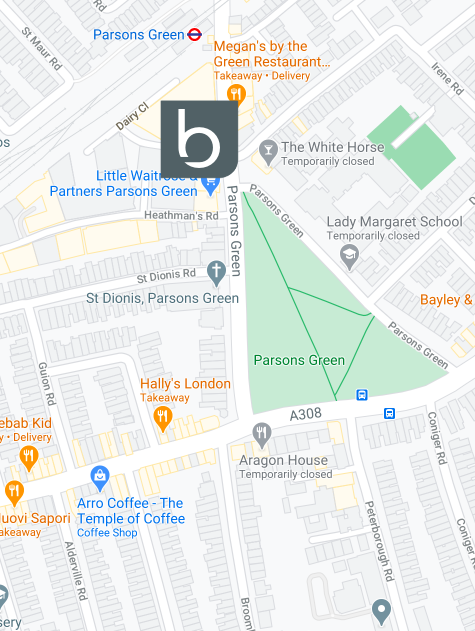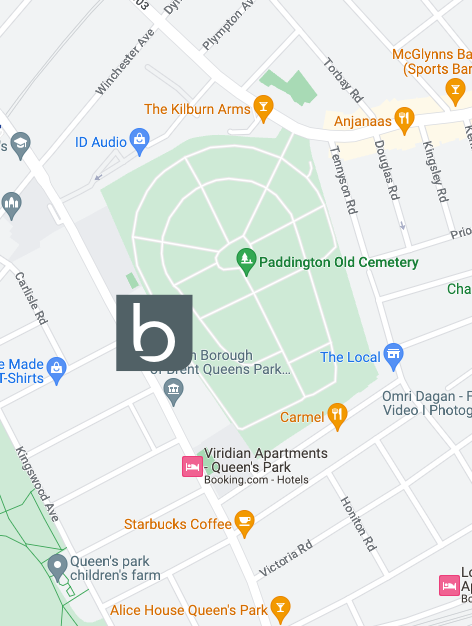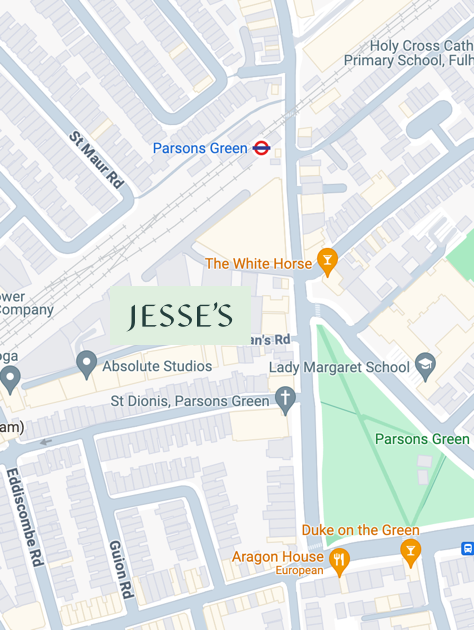
Close
Enquiry
Please see contact information below or complete the form and we will get in touch with you.

Parsons Green
3rd Floor Brigade House
8 Parsons Green
London
SW6 4TN

Queen's Park
2nd Floor
105-109 Salusbury Road
London
NW6 6RG

Jesse's House
8-10 Heathmans Road
Parsons Green
London
SW6 4TJ
Osteopathy vs Physiotherapy. What’s The Difference?

Similarities & differences of physiotherapy and osteopathy
Here at Beyond Health we are consistently asked by clients whether they need osteopathy or physiotherapy to get them back to rude health. It’s a very good question and one that requires a detailed answer.
So, with input from a number of the expert physios and osteopaths who work across our Beyond Health clinics in Queen’s Park and Parsons Green, we’ve put together a comprehensive guide to answer the physio vs osteo question once and for all.
Osteopathy and physiotherapy are both disciplines that focus on restoring movement and function, but are underpinned by different philosophies and techniques. By looking at each in turn, we’ll delve into the nuances of each, explain their differences and set out how each can benefit patients.
“Contrary to the stereotypes osteopathy is not just ‘cracking bones’ and physiotherapy is not just strapping ankles or knees!“
Physiotherapy and Osteopathy: a very brief history
Both osteopathy and physiotherapy were introduced to the medical world in the 19th century. Early osteopaths and physiotherapists looked even further back in the past for inspiration, taking their lead from Hippocrates and Galen who practiced manual therapy and massage since 430 BC. As these two disciplines developed, they overlapped in some areas, but diverged in others.
What is physiotherapy?
Physiotherapy, also known as physical therapy, focuses on restoring movement and function in people affected by injury, illness or disability. Physiotherapists employ a variety of techniques to improve physical strength, flexibility and mobility.
Key characteristics of physiotherapy
- Evidence-based practice: Physiotherapy interventions are grounded in scientific evidence and tailored to the individual needs of patients, ensuring effective and safe treatment.
- Physiotherapists trained in the UK complete a three-year undergraduate degree before doing their ‘rotations’ in musculoskeletal, neurological and respiratory health within the NHS. Physios trained in Australia, New Zealand, and South Africa (like many of our team) complete a four-year degree, including placements covering musculoskeletal, neurological and respiratory health for practical training.
- Physiotherapists are trained to use exercise as a critical rehabilitation and recovery tool. They are also trained to use electrotherapy such as laser and ultrasound. Physiotherapists who work in private practice will often seek to work in professional sports and/or undertake specific postgraduate or Masters training to acquire the necessary skill set to achieve the best outcomes for clients.
- Focus on rehab: Physios work with patients of all ages, from children to the elderly, helping them recover from injuries, surgeries or chronic conditions.
What is osteopathy?
Osteopathy is a holistic approach to treating injuries that emphasises the interconnectivity of the body’s structure and different functions. Osteopaths generally believe that the body has inherent self-healing mechanisms, and their role is to facilitate these mechanisms by addressing musculoskeletal imbalances.
Key characteristics of osteopathy
- Whole-body approach: Osteopaths are holistic practitioners who look at the body as a whole, taking into account the interrelationship of the nervous system, muscular system and psychological aspect to a patient’s presentation. This is why at times an osteopath may be treating your diaphragm when you have low back pain or your ankle when you have hip pain.
- Focused training: Osteopathic training specialises in musculoskeletal health, and they are well-versed in the application of spinal and joint manipulation, a core part of their four-year training.
- Hands-on techniques: Osteopaths use manual manipulation, such as stretching, gentle pressure, massage and joint mobilisation to restore mobility, alleviate pain and improve circulation.
- Injury prevention focus: Osteopaths not only treat existing conditions but also focus on preventing future injuries by promoting overall health and wellness through lifestyle modifications and advice posture, gait and other ergonomic issues.
- Some osteopaths choose to specialise in craniosacral or visceral-based assessment and treatment. These specialisms may render one osteopath as more appropriate for your care over another.
How are osteopathy and physiotherapy different?
While both osteopathy and physiotherapy aim to improve musculoskeletal health and enhance quality of life, they differ in their philosophies, techniques and scope of practice.
Osteopathy adopts a holistic approach, viewing the body as an interconnected whole and using manual manipulation to restore balance.
In contrast, physiotherapy emphasises evidence-based practice. It employs a diverse range of treatments and programmes to rehabilitate patients and help them attain ongoing good health and pain-free movement.
Summary
In summary, osteopathy and physiotherapy offer similar approaches to musculoskeletal healthcare with some crucial differences. Whether you seek relief from pain, rehabilitation after an injury or preventive care to maintain optimal health, both disciplines can play a valuable role in helping you achieve your wellness goals.
By understanding the differences between osteopathy and physiotherapy, you can make informed decisions about which approach aligns best with your needs and preferences.
Beyond Health champions a collaborative approach
Both physiotherapists and osteopaths examine, diagnose, form management protocols and treat problems with your joints, bones, soft tissue, muscles and nerves by looking at the function of your body as a whole.
Here at Beyond Health we champion a collaborative team approach to client care. It may be that we advise you to see both an osteopath and a physiotherapist at different times as that is what we believe would be the best combination to get you back to doing what you love as quickly and safely as possible.
We look forward to welcoming you to Beyond Health Parsons Green or Beyond Health Queen’s Park to get you healthy, pain-free and active again fast. Contact us via the button below to arrange your first appointment.

